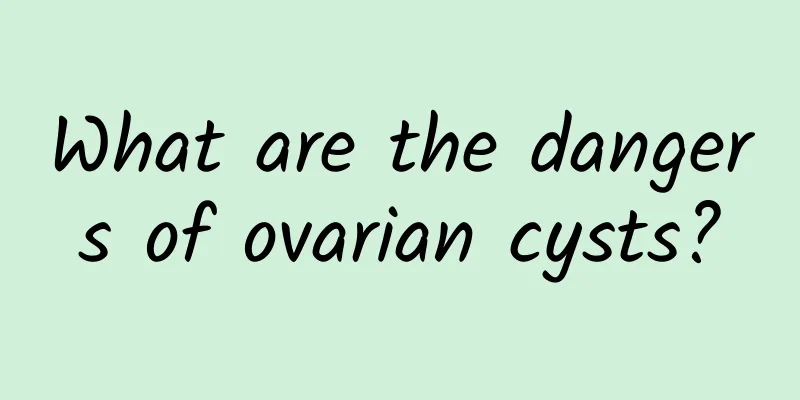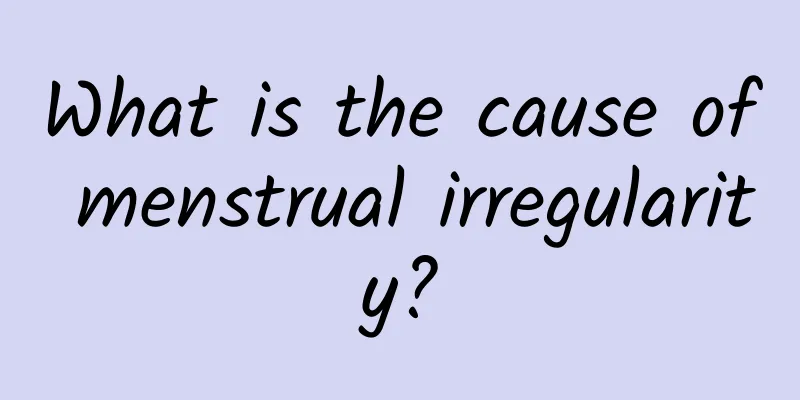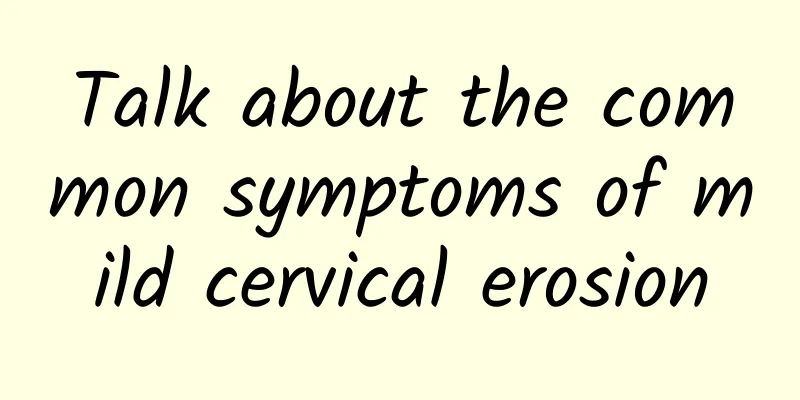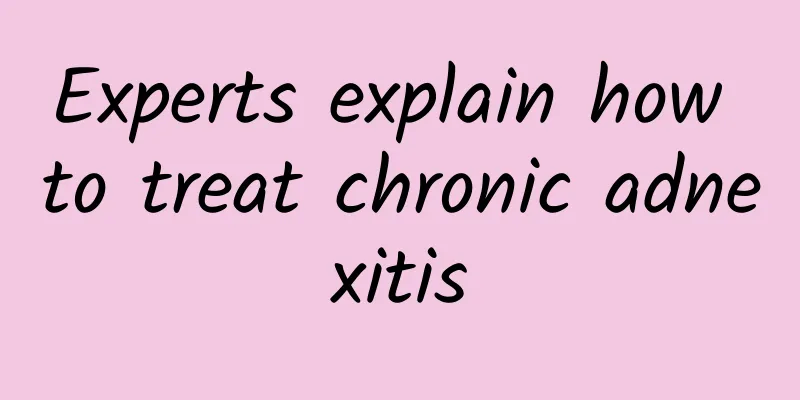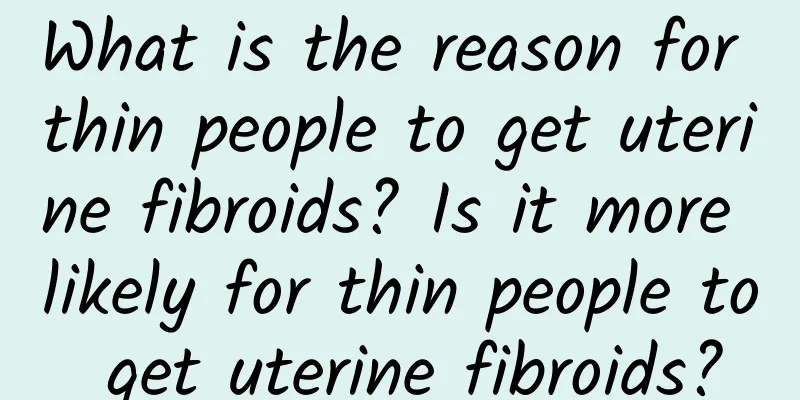What are the symptoms of adnexitis in the elderly?

|
Symptoms of adnexitis in the elderly include lower abdominal pain, abnormal vaginal discharge, fever, etc., and medical treatment is required in a timely manner. Adnexitis in the elderly is mostly caused by infection, decreased immunity or gynecological surgery, and treatment is mainly based on anti-infective drugs, physical therapy and lifestyle adjustments. 1. Lower abdominal pain is a common symptom of adnexitis in the elderly. The pain may be persistent or paroxysmal, and in severe cases, it may radiate to the lumbosacral region or inner thigh. The degree of pain is related to the severity of the inflammation. Mild inflammation may manifest as dull pain, while severe inflammation may be accompanied by severe pain. In terms of treatment, the doctor will prescribe antibiotics such as cephalosporins, penicillins or metronidazole according to the condition, and recommend bed rest and avoid strenuous exercise. 2. Abnormal leucorrhea is characterized by increased volume, yellow color or odor, and may be accompanied by blood. Abnormal leucorrhea is a typical manifestation of inflammation, indicating a reproductive system infection. In terms of treatment, in addition to the use of antibiotics, vaginal suppositories such as clotrimazole suppositories and metronidazole suppositories can also be used. At the same time, pay attention to personal hygiene, change underwear frequently, and avoid using irritating lotions. 3. Fever is one of the systemic symptoms of adnexitis in the elderly. The body temperature may rise to above 38°C, accompanied by chills, fatigue, etc. Fever indicates that the inflammation has spread to the whole body and medical treatment is needed in time. In treatment, the doctor will prescribe antipyretic drugs such as ibuprofen and acetaminophen according to the body temperature and condition, and recommend drinking more water and keeping the indoor air circulating. The treatment of adnexitis in the elderly requires a combination of medication, physical therapy, and lifestyle adjustments. Medication includes antibiotics, antipyretics, and vaginal suppositories; physical therapy such as hot compresses and infrared irradiation can relieve pain; lifestyle adjustments include maintaining personal hygiene, avoiding long periods of sitting, and eating a healthy diet. Although adnexitis in the elderly is common, it may cause serious complications such as pelvic abscesses and infertility if not treated in time. Therefore, once symptoms appear, you should see a doctor as soon as possible and follow the doctor's advice for treatment and care. |
<<: How to check if there is cervical erosion
>>: What does functional uterine bleeding mean?
Recommend
What should I do if my period is very light, the bleeding is very light, and almost nothing happens?
What should I do if my period is very light, the ...
Eating crabs with basil can remove cold and detoxify crabs
Crabs in autumn are plump and often hard to resis...
How long does it take for bleeding to occur after menstruation stops in an ectopic pregnancy?
Ectopic pregnancy usually causes bleeding after 6...
What are menstrual diseases
Menstrual disorders, as the name suggests, refer ...
What causes heavy menstrual flow and blood clots? Revealing the secrets of how to regulate it
Women have a few days every month that are very a...
What should I do if I have dull pain in the left abdomen due to adnexitis? What medicine should I take?
Left abdominal pain caused by adnexitis can be re...
Describe in detail the early symptoms of pelvic inflammatory disease
Nowadays, more and more women are suffering from ...
Irregular menstruation is a common gynecological disease
What are the symptoms of irregular menstruation? ...
People need to pay attention to the typical symptoms of ovarian cysts
Now, the appearance of ovarian cysts has seriousl...
Five common causes of dysmenorrhea
It is beneficial for female friends to understand...
What medicine is used for intrauterine adhesions
What medicine is used for intrauterine adhesions?...
What causes right ovarian cyst?
The formation of right ovarian cysts is related t...
How long after abortion can I have sex?
Abortion refers to artificial miscarriage. It tak...
What are the early symptoms of vulvar leukoplakia and how to treat it in the early stage
What are the early symptoms of vulvar leukoplakia...
What are the symptoms of ectopic pregnancy?
Ectopic pregnancy brings a lot of harm to our fem...
